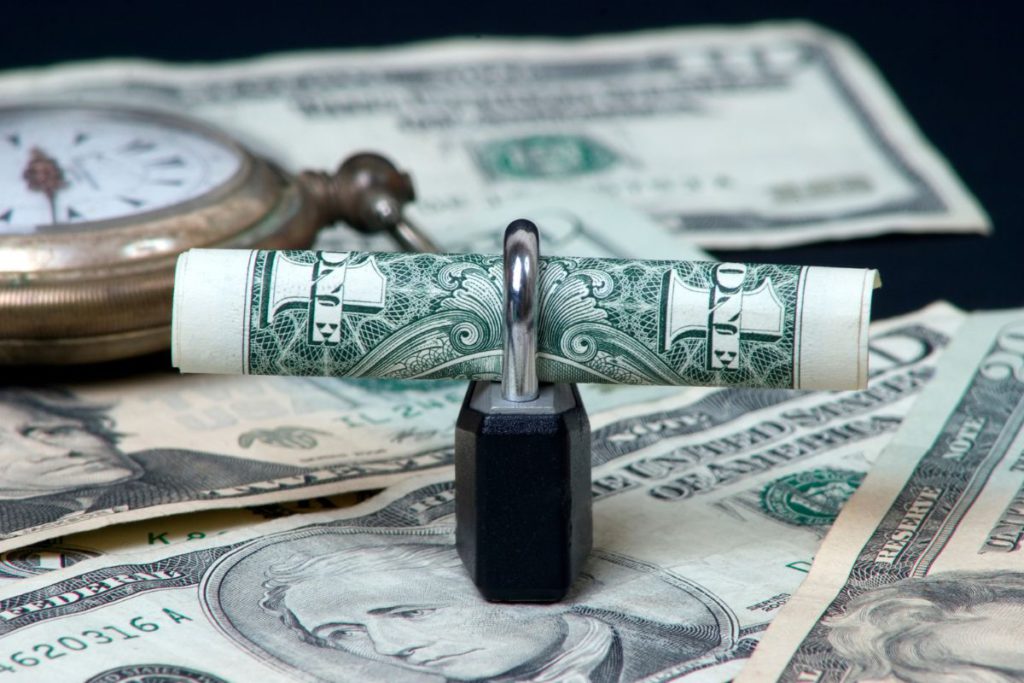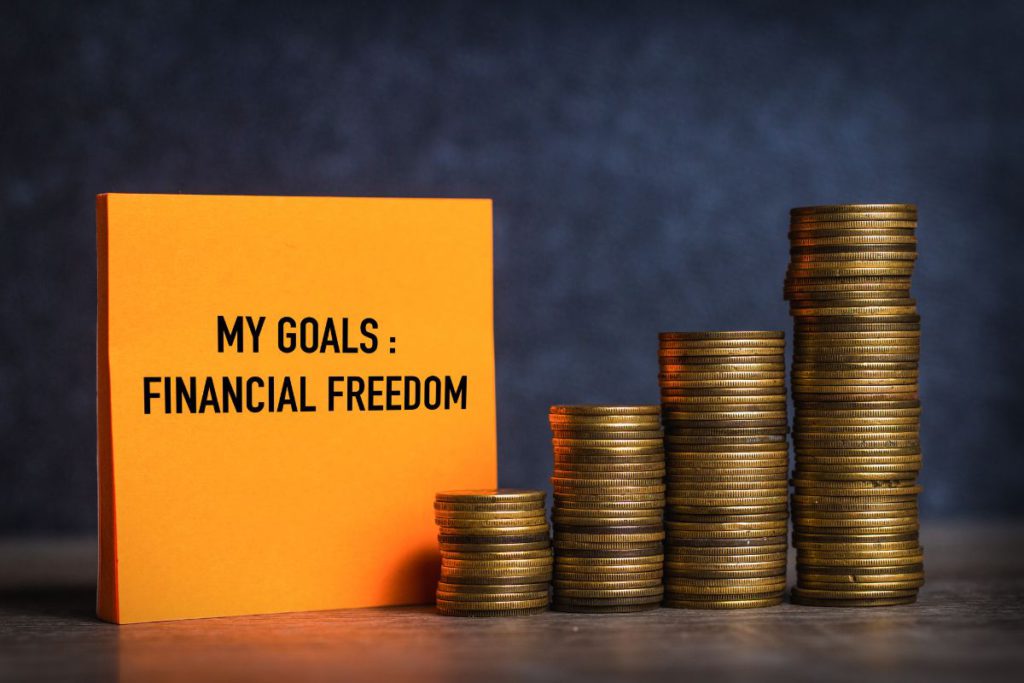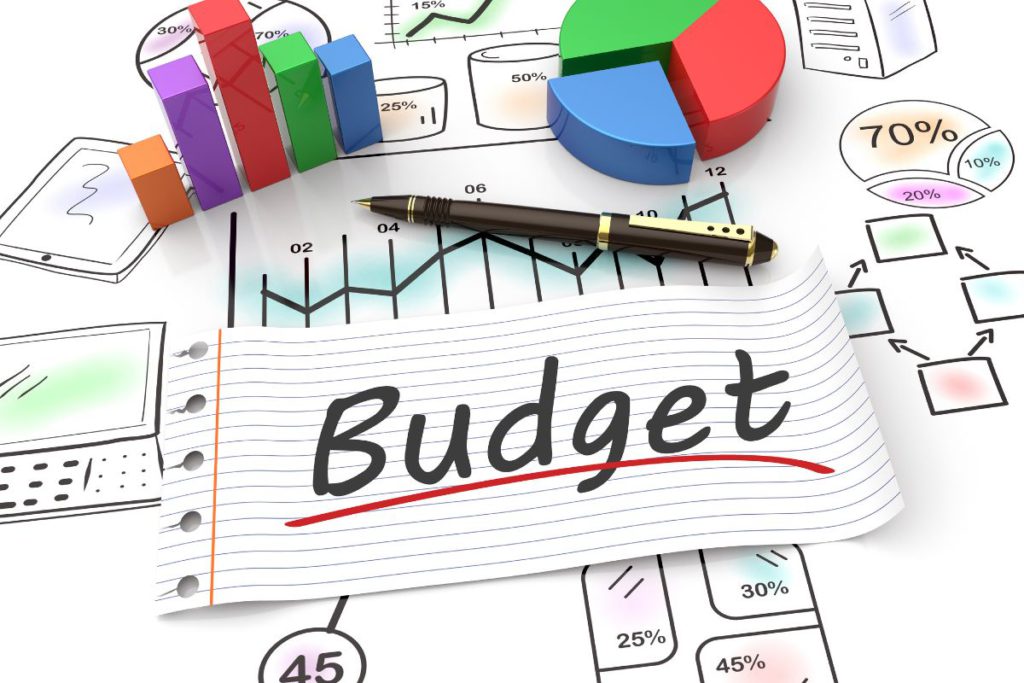Filing for bankruptcy can feel like hitting rock bottom financially, but it’s important to remember that it’s not the end of your financial journey. It can be a fresh start. Rebuilding your credit after bankruptcy is possible with the right approach and consistent effort. This guide will walk you through the steps to restore your creditworthiness and regain financial stability.
Understanding the Impact of Bankruptcy on Your Credit
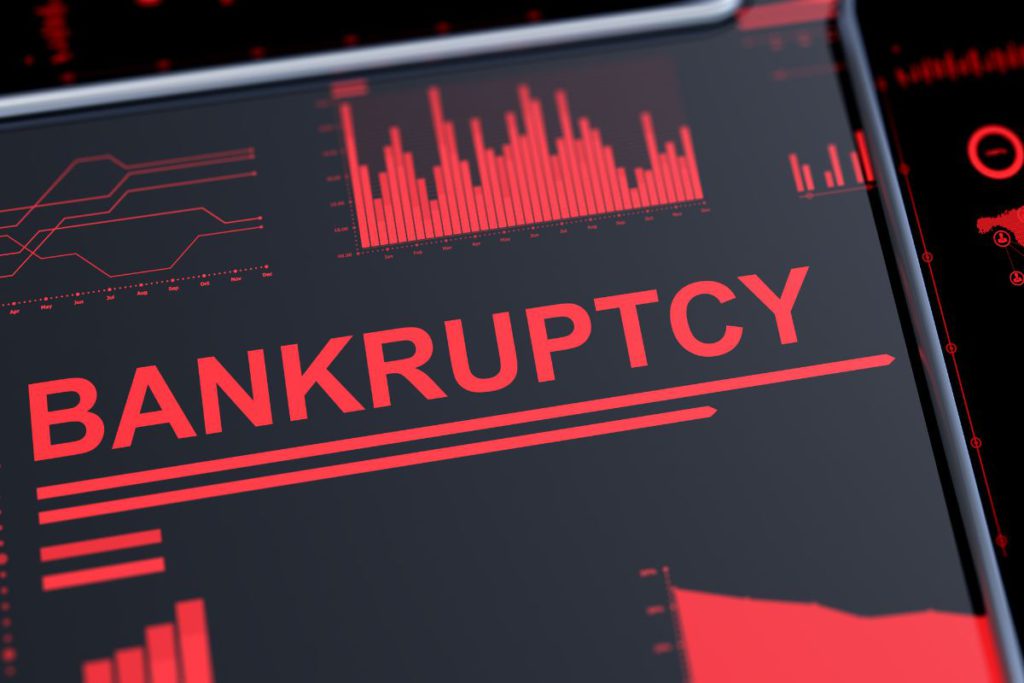
Before we dive into the rebuilding process, it’s crucial to understand how bankruptcy affects your credit:
- Credit Score Drop: Your credit score will likely drop significantly after filing for bankruptcy. The exact impact varies, but drops of 100-200 points are common.
- Credit Report Duration: Chapter 7 bankruptcy stays on your credit report for ten years, while Chapter 13 bankruptcy remains for seven years.
- Future Credit Applications: Bankruptcy can make it harder to get approved for loans or credit cards, and you may face higher interest rates.
Now that we understand the impact, let’s focus on the steps to rebuild your credit.
Step 1: Review Your Credit Reports
The first step in rebuilding your credit is to know exactly where you stand.
- Get Free Credit Reports: You’re entitled to one free credit report annually from each of the three major credit bureaus (Equifax, Experian, and TransUnion) at AnnualCreditReport.com.
- Check for Errors: Review your reports carefully. Look for any debts that should have been discharged in bankruptcy but are still showing as outstanding.
- Dispute Inaccuracies: If you find errors, dispute them with the credit bureaus. They are required to investigate and correct inaccurate information.
Step 2: Create a Budget and Start Saving
To avoid falling back into financial trouble, managing your money wisely is crucial.
- Track Your Income and Expenses: Use a spreadsheet or budgeting app to monitor where your money is going.
- Cut Unnecessary Expenses: Look for areas where you can reduce spending.
- Build an Emergency Fund: Aim to save at least 3-6 months of living expenses. This can help you avoid relying on credit in case of unexpected costs.
Example Budget Breakdown:
- Income: $3,000/month
- Rent/Mortgage: $1,000
- Utilities: $200
- Food: $400
- Transportation: $200
- Insurance: $100
- Debt Payments: $300
- Savings: $300
- Miscellaneous: $500
Step 3: Start Using Credit Responsibly

To rebuild your credit, you must show you can use credit responsibly. Here are some strategies:
- Secured Credit Card
A secured credit card is often the easiest way to rebuild credit after bankruptcy.
- How it works: You deposit money as collateral, typically $200-$500, which becomes your credit limit.
- Usage: Use the card for small, regular purchases and pay the balance in full each month.
- Reporting: Ensure the card issuer reports to all three major credit bureaus.
Example: If you get a secured card with a $500 limit, you might use it to pay $100 in gas each month, then pay off the total $100 before the due date.
- Credit-Builder Loan
These loans are designed specifically to help build credit.
- How it works: The money you borrow is in a savings account. You make payments over 12-24 months, and when the loan is paid off, you receive the money.
- Benefit: This helps establish a positive payment history.
Example: You might take out a $1,000 credit-builder loan with a 12-month term. You’d make monthly payments of about $88 (including interest); after 12 months, you’d receive the $1,000.
- Become an Authorized User
Ask a family member or close friend with good credit to add you as an authorized user on their credit card.
- Benefit: Their positive payment history can boost your credit.
- Caution: Make sure the primary cardholder has a strong payment history.
Step 4: Pay All Bills on Time
Payment history is the most important factor in your credit score, accounting for about 35% of your FICO score.
- Set Up Automatic Payments: This ensures you get all the due dates.
- Pay More Than the Minimum: This helps reduce your credit utilization ratio.
- Consider Using Apps: Many apps can help you track bills and due dates.
Step 5: Keep Credit Utilization Low
Credit utilization, or the amount of available credit you use, accounts for about 30% of your credit score.
- Aim for 30% or Less: Keep your credit card balances below 30% of your credit limits.
- Example: If you have a credit limit of $1,000, try to keep your balance below $300.
Step 6: Diversify Your Credit Mix
Having a mix of different types of credit can positively impact your credit score. This might include:
- Credit cards
- Personal loans
- Auto loans
- Mortgage
However, only apply for new credit as needed and when you’re confident you can manage the payments.
Step 7: Be Patient and Consistent
Rebuilding credit takes time. Here’s a general timeline of what you might expect:
- 6-12 Months: You may see small improvements in your credit score.
- 12-24 Months: You could see significant improvements with consistent on-time payments.
- 2-4 Years: You can qualify for major loans like a mortgage, though likely at higher interest rates.
- 7-10 Years: The bankruptcy falls off your credit report, potentially resulting in a significant score increase.
Step 8: Consider Credit Counseling
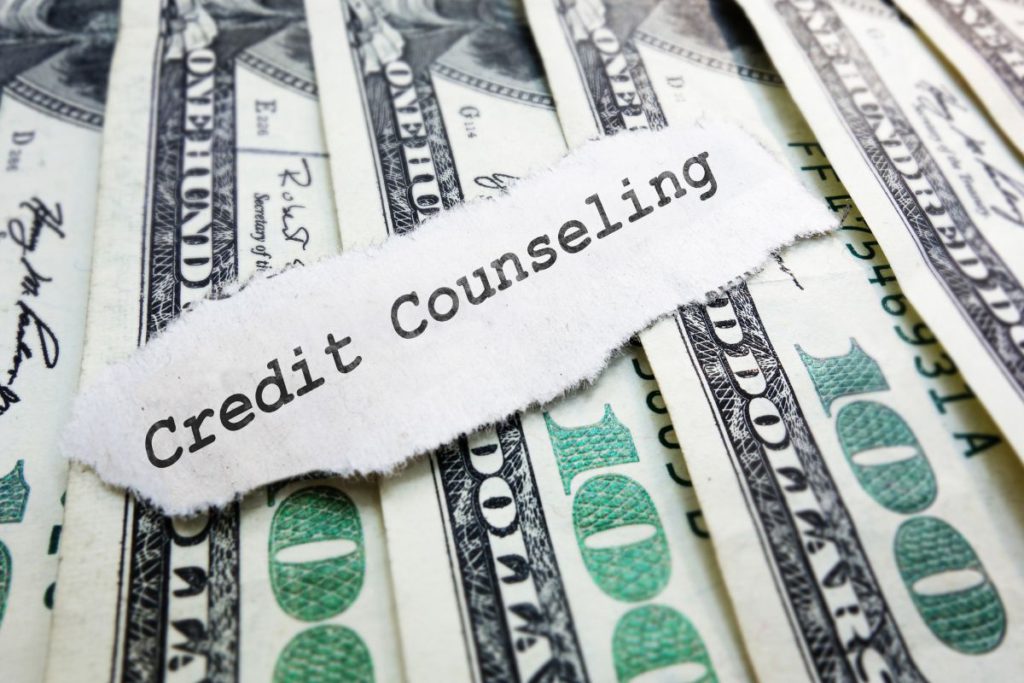
A reputable credit counseling agency can provide personalized advice on rebuilding your credit. They can help you:
- Create a budget
- Develop a debt management plan
- Understand your credit reports
Many non-profit agencies offer free or low-cost counseling.
Common Pitfalls to Avoid
As you rebuild your credit, be wary of these common mistakes:
- Applying for Too Much Credit: Each application can result in a hard inquiry, which can lower your score.
- Closing Old Accounts: This can shorten your credit history and increase your credit utilization ratio.
- Falling for Credit Repair Scams: Be skeptical of companies promising to “fix” your credit quickly.
- Cosigning Loans: Avoid cosigning loans for others, as you’ll be responsible if they default.
Conclusion: Your Path to Financial Recovery

Rebuilding your credit after bankruptcy is a journey that requires patience, discipline, and smart financial habits. Remember these key points:
- Start by understanding your current credit situation.
- Create and stick to a budget.
- Use credit responsibly, starting with secured cards or credit-builder loans.
- Always pay bills on time.
- Keep your credit utilization low.
- Diversify your credit mix over time.
- Be patient and consistent in your efforts.
You can rebuild your credit and work towards a stronger financial future with time and dedication. Each positive step you take brings you closer to your goal of economic stability and improved creditworthiness.
Remember, bankruptcy was a fresh start. Armed with new knowledge and better financial habits, you’re on the path to a brighter financial future. Stay committed to your goals, celebrate small victories along the way, and don’t hesitate to seek professional advice when needed. Your journey to rebuild your credit and financial well-being starts now!





